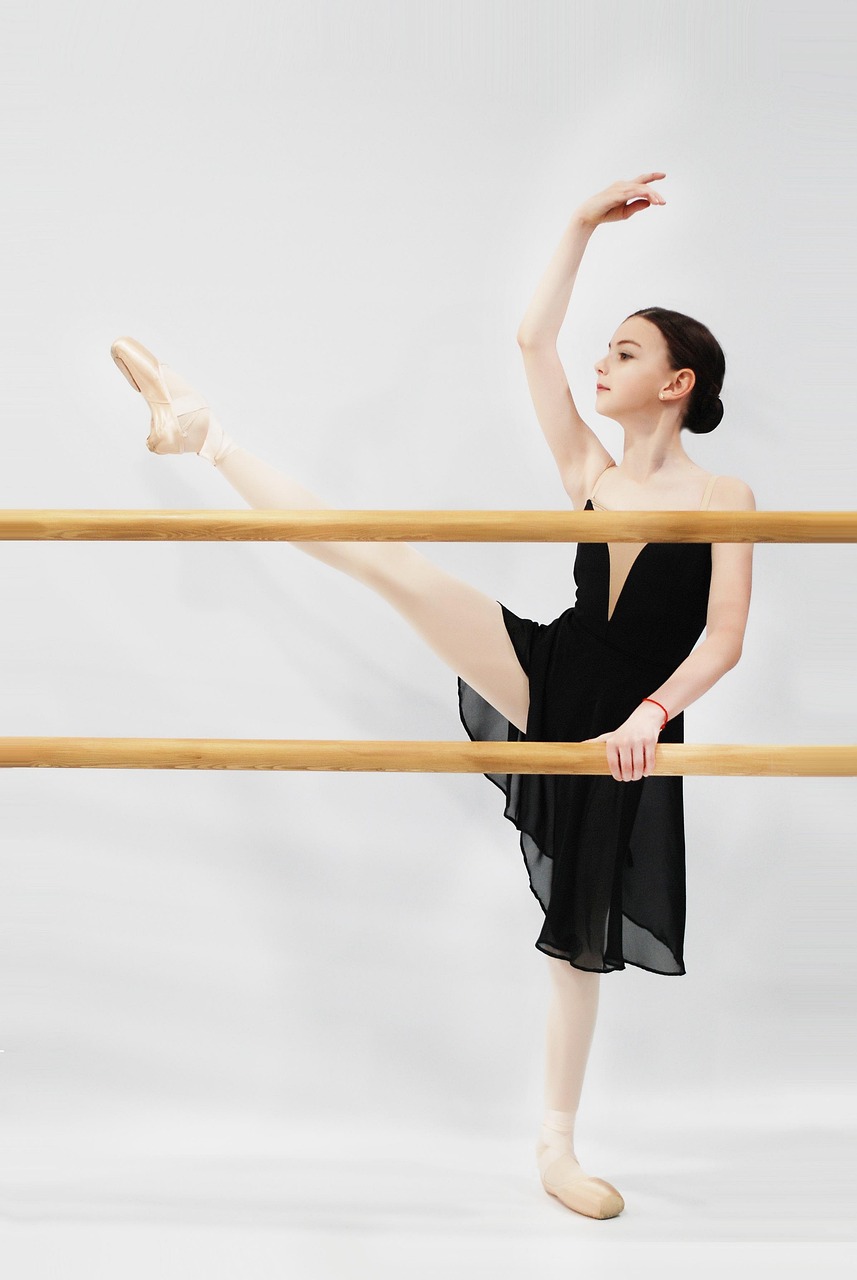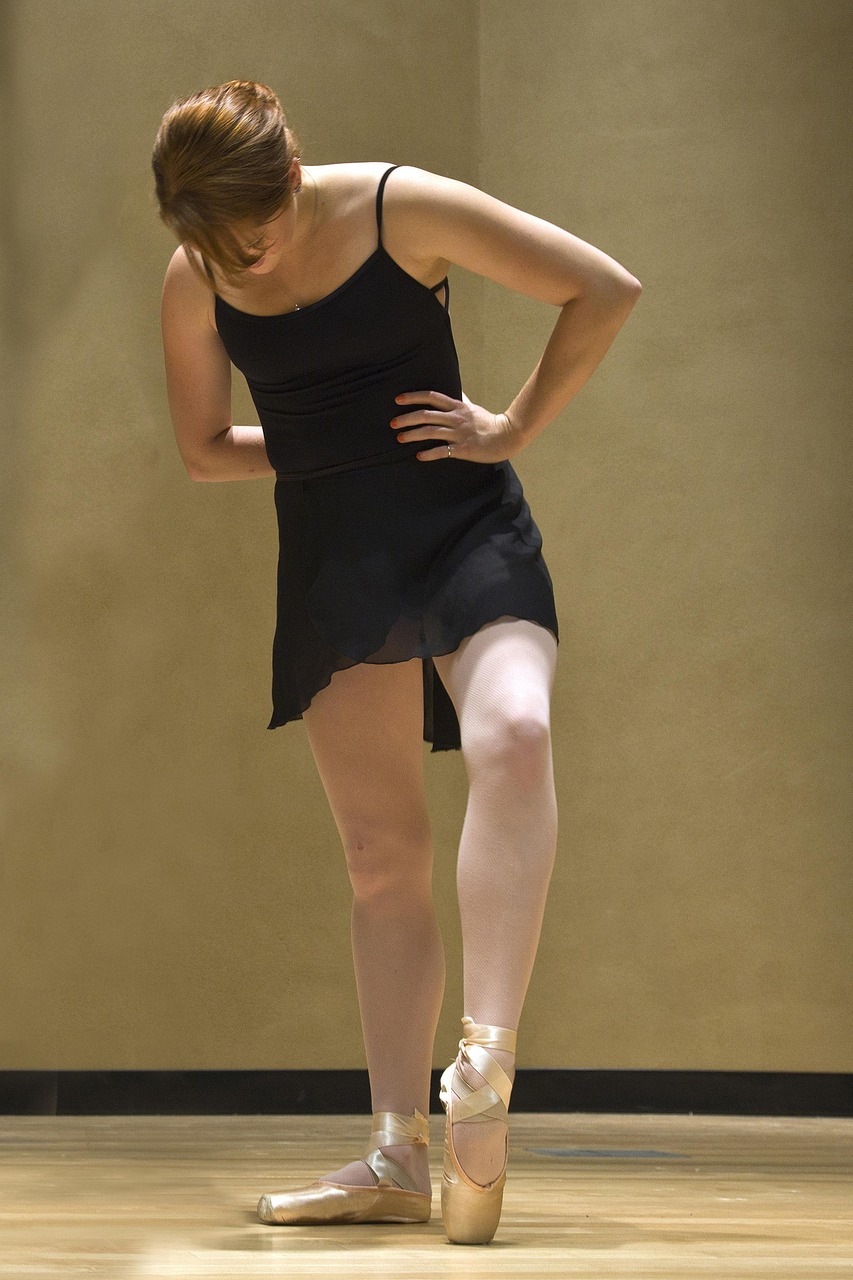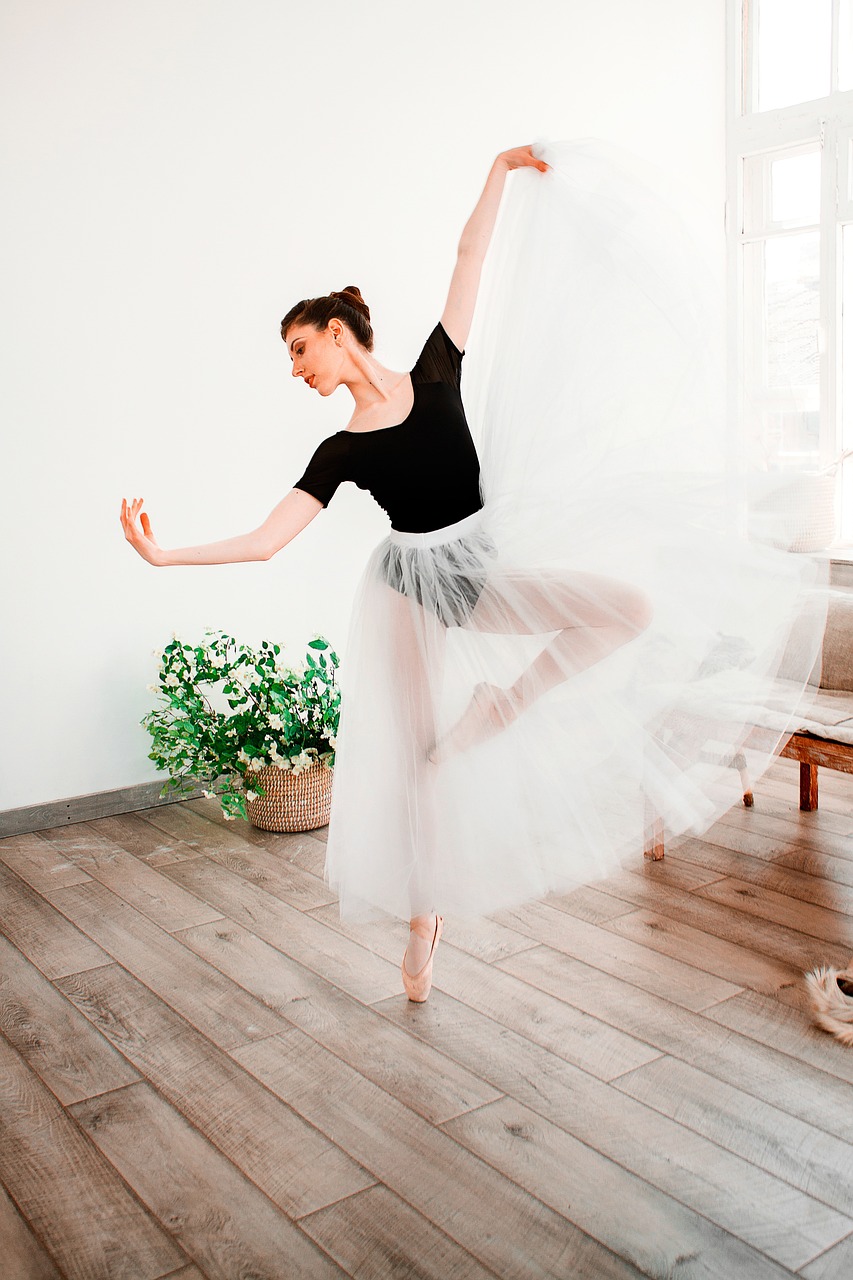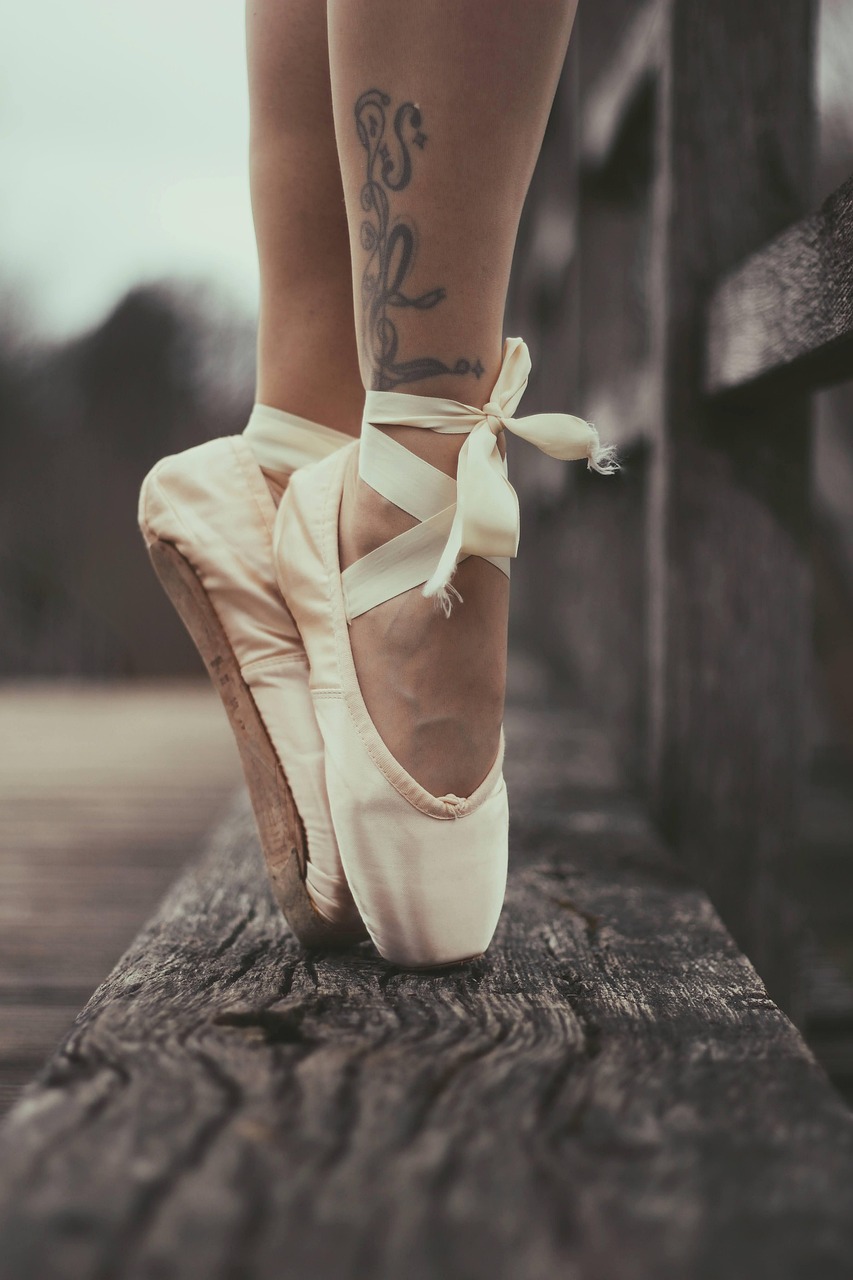TL;DR
- Beginners often rush progress or neglect posture, leading to injury and frustration.
- Focus on proper alignment, breathing, and gradual skill-building.
- Seek feedback and practice mindfully to avoid common errors.
- Patience and consistency turn mistakes into learning opportunities.
- Prioritize safety and enjoyment for long-term success.
Starting ballet is thrilling, but beginners often encounter hurdles that can hinder progress or cause injury. Recognizing common mistakes early allows you to correct them proactively, building a strong foundation. This guide highlights frequent errors new dancers make and provides actionable advice to avoid them. Remember, mistakes are part of learning—embrace them as steps toward mastery.
Why Mistakes Happen and How to Learn from Them
Beginners lack experience, so errors stem from inexperience, impatience, or misinformation. The key is awareness and correction.
- Overconfidence: Assuming natural talent leads to skipping basics.
- Impatience: Rushing through steps without mastering fundamentals.
- Lack of Feedback: Practicing alone without guidance.
- Physical Strain: Pushing limits without proper conditioning.
By addressing these, you’ll progress faster and safer.
Mistake 1: Poor Posture and Alignment
Slouching or misaligning the body is a top beginner error, affecting balance and technique.
- What It Looks Like: Rounded shoulders, arched back, or locked knees during pliés.
- Why It’s a Problem: Leads to strain on the back and knees, reducing stability.
- How to Avoid: Imagine a string pulling you up from the top of your head. Keep shoulders down, core engaged, and knees soft. Practice in front of a mirror and ask instructors for alignment checks.
Correct posture builds strength and prevents chronic issues.
Mistake 2: Neglecting Turnout from the Hips
Forcing turnout from the knees or feet instead of the hips is common and risky.
- What It Looks Like: Knees turning inward or feet splaying during positions.
- Why It’s a Problem: Causes knee pain and limits mobility.
- How to Avoid: Focus on rotating from the hips, keeping knees over toes. Use exercises like clamshells to strengthen hip muscles. Go slowly—turnout develops with time and strength.
Proper turnout enhances grace and reduces injury risk.
Mistake 3: Holding Breath or Tension
Tensing up during movements disrupts flow and increases fatigue.
- What It Looks Like: Breath-holding during lifts or holds, leading to shaky execution.
- Why It’s a Problem: Limits oxygen, causing quicker exhaustion and poor control.
- How to Avoid: Breathe steadily—inhale to prepare, exhale during effort. Practice relaxation techniques like shoulder rolls. Remind yourself to stay loose for smoother, more controlled movements.
Breathing keeps you calm and energized.
Mistake 4: Rushing Through Exercises
Speeding up to “keep up” with class often sacrifices quality.
- What It Looks Like: Jerky, incomplete movements or skipping transitions.
- Why It’s a Problem: Builds bad habits and misses muscle engagement.
- How to Avoid: Prioritize precision over speed. Break exercises into slow parts, then gradually increase tempo. Focus on one element at a time, like arm placement before adding legs.
Quality repetition leads to lasting improvement.
Mistake 5: Ignoring Footwear and Support
Wearing improper shoes or neglecting arch support early on.
- What It Looks Like: Slipping in ballet slippers or discomfort during relevés.
- Why It’s a Problem: Hinders technique and can cause blisters or ankle issues.
- How to Avoid: Invest in well-fitted ballet slippers with good grip. Use arch supports if needed. Break in shoes gradually and maintain them properly.
Proper footwear ensures comfort and safety.
Mistake 6: Skipping Warm-Ups or Cool-Downs
Jumping straight into class or leaving without stretching.
- What It Looks Like: Starting cold or ending abruptly.
- Why It’s a Problem: Increases injury risk and muscle soreness.
- How to Avoid: Dedicate 5-10 minutes to dynamic warm-ups (like leg swings) and static cool-downs (holds for 20-30 seconds). Make it routine to prepare and recover effectively.
Warm-ups and cool-downs optimize performance and recovery.
General Tips for Avoiding Mistakes
Incorporate these habits to minimize errors overall.
- Seek Regular Feedback: Attend classes consistently and ask instructors for corrections.
- Practice Mindfully: Use home sessions to focus on one mistake at a time.
- Stay Patient: Progress takes time; celebrate small fixes.
- Educate Yourself: Read guides or watch tutorials on proper technique.
- Listen to Your Body: Stop if something feels off and consult a professional.
Conclusion
Common mistakes are stepping stones in ballet—identifying and correcting them accelerates your growth. By focusing on posture, breathing, and patience, you’ll build a solid technique foundation. Embrace the learning process, stay consistent, and enjoy the artistry. With mindful practice, those early errors will fade, leaving room for beautiful, confident dancing!



